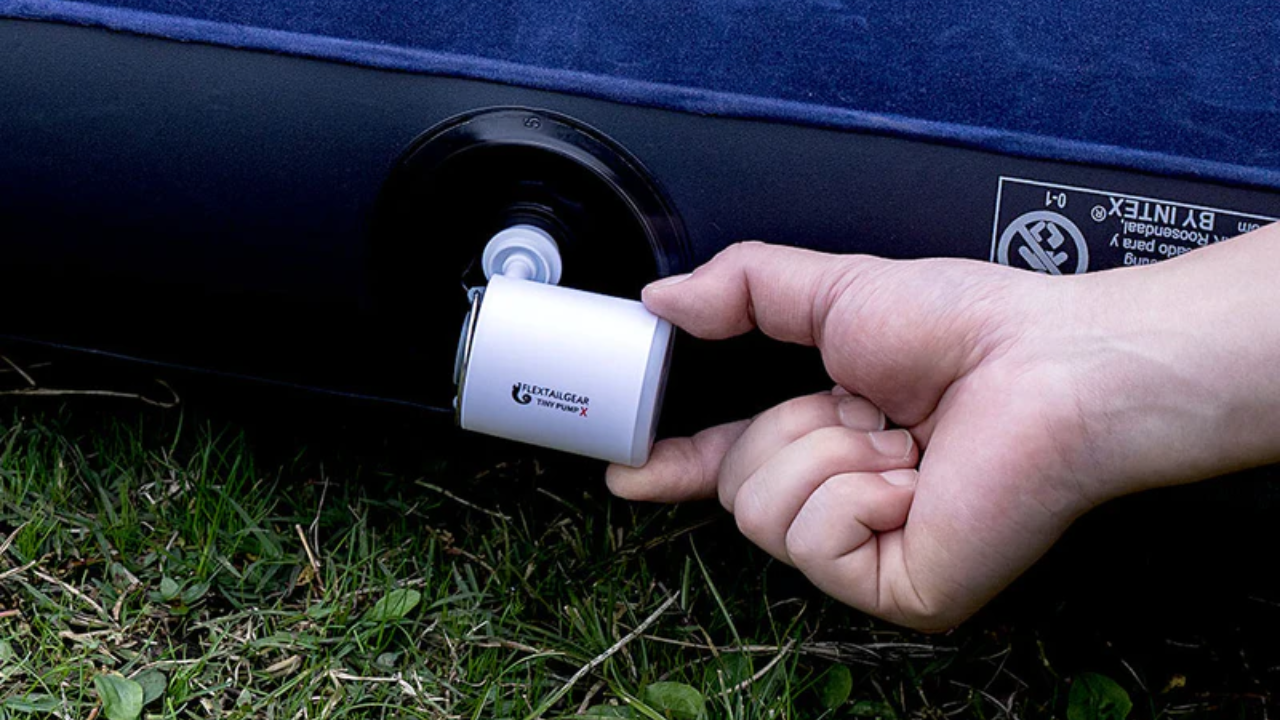Cycling enthusiasts understand the importance of having a reliable and portable bike pump. Whether you’re on a long-distance ride or a casual outing, a compact pump can be a lifesaver in case of unexpected tire deflation. The pumping mechanism determines how efficiently the pump can inflate a tire.
Consider pumps with dual-action or double-piston designs, as these mechanisms generate air on both the push and pull strokes, reducing the effort and time required to reach the desired pressure. An efficient pumping mechanism can make a significant difference, especially in emergencies.
Bike enthusiasts can spend a considerable amount of time debating the benefits of various materials, designs, technology, ergonomics, and other aspects of cycling, which is a sport heavily reliant on gear. Most of the time, the workhorse portable bike pump lacks the sparkle and glamor that sparks the most passionate discussions.
Specifications of Portable Tiny Bike Pump
Here we will explore major essential specifications that make a tiny bike pump efficient and indispensable for cyclists.
Lightweight Design
One of the primary features of a portable tiny bike pump is its compact size and lightweight design. Cyclists need a pump that can easily fit into a backpack or be attached to the bike frame without adding unnecessary bulk. The smaller and lighter the pump, the more convenient it is for riders, ensuring it doesn’t become a burden during the journey.
High Pressure and Volume Capacity
The efficiency of a bike pump is measured by its ability to deliver both high pressure and volume. A quality tiny pump should be capable of inflating tires to the recommended pressure levels quickly. Look for pumps with high-pressure ratings, typically expressed in PSI (pounds per square inch), and decent volume capacity to ensure efficient inflation without excessive effort.
Durable Construction Materials
The durability of a portable pump is crucial for its long-term usability. Opt for pumps made from robust materials such as aluminum or high-quality plastics. Aluminum pumps are known for their lightweight yet sturdy construction, making them resistant to wear and tear. Durable materials ensure that the pump can withstand the rigors of regular use and occasional bumps during travel.
Flexible Hose
A tiny bike pump with a flexible hose provides added convenience during inflation. The hose allows for easier access to the tire valve, especially in tight spaces or awkward angles. Additionally, it minimizes the risk of damaging the valve stem during the pumping process. Look for pumps that are compatible with Presta and Schrader valves, covering the common valve types found on bicycle tires.
Integrated Pressure Gauge
Accurate tire pressure is crucial for optimal cycling performance and safety. An integrated pressure gauge on the tiny pump allows cyclists to precisely monitor and adjust the tire pressure. This feature eliminates the need for a separate gauge and ensures that the tires are inflated to the recommended levels, contributing to a smoother and more enjoyable ride.
Secure Mounting System
To ensure accessibility and ease of use, a secure mounting system is essential for attaching the tiny pump to the bike frame. Look for pumps with reliable mounting brackets or straps, keeping the pump securely in place during rides. This feature prevents the pump from getting lost or causing discomfort while cycling.
Summary
Every rider on a bicycle should be equipped to replace a flat tire or just top off their tire pressure to the recommended levels. Probably, you’ll need a bike pump for your bike and one for your home to accomplish this. Cyclists can enjoy peace of mind knowing that they have a reliable tool to address unexpected flat tires, allowing them to continue their journeys with confidence and convenience. As technology advances, manufacturers continue to innovate, providing cyclists with increasingly efficient and compact pump options to meet their specific needs.
